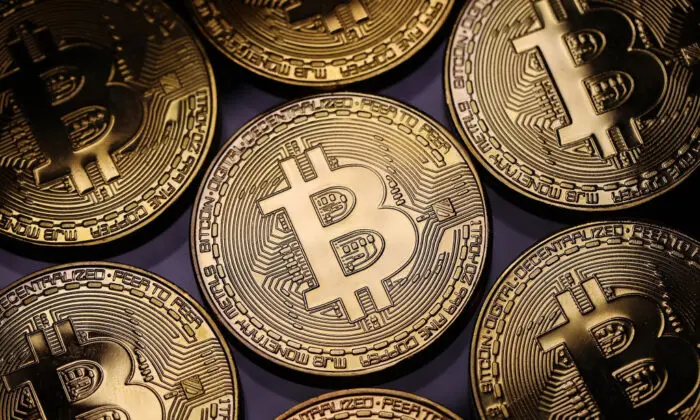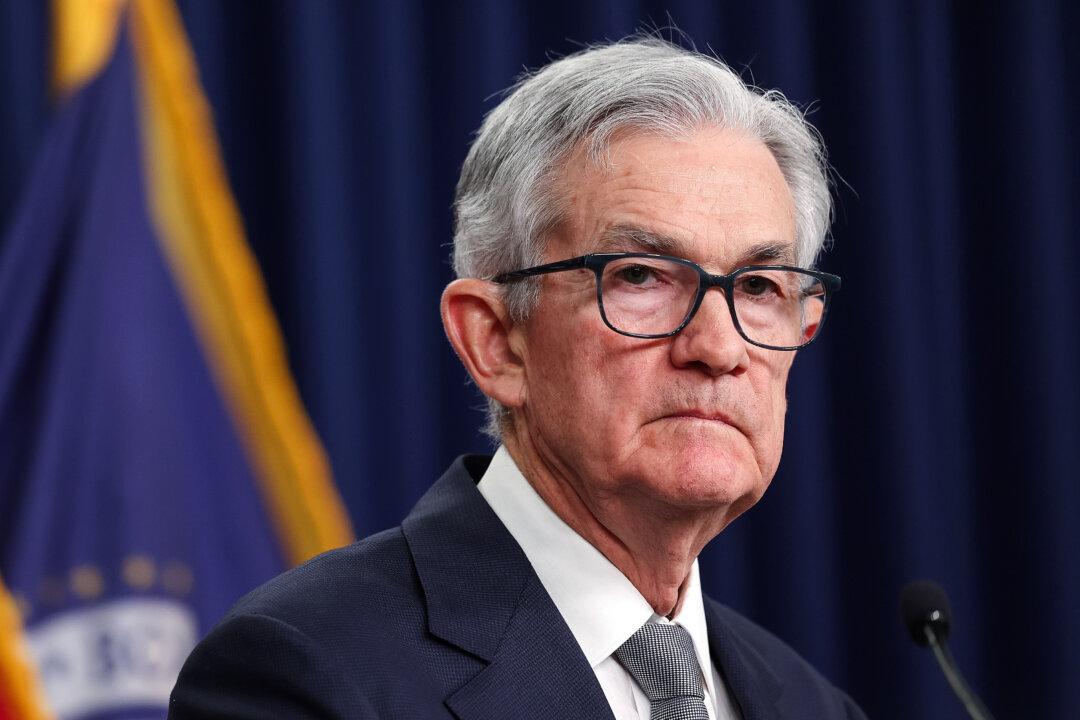Consumers are combating sticky and stubborn inflation by trading down for cheaper goods and services across various categories, including groceries, according to new data by Adobe Analytics.
Trading down—adjusting the type or quantity of purchases for lower pricing and better value—has become more common in recent years.
Adobe reviewed comprehensive online shopping data from January 1 to April 3. The analysis highlighted that low-priced items accounted for a substantial share of online unit sales compared to five years ago.
Personal care, for example, saw the share of unit sales originating from the cheapest quartile of goods surge 96 percent from January 2019 to April 2024.
Consumers also concentrated their money on the cheapest products sold at supermarkets, with the share of unit sales coming from the least expensive quarter of products rising 33 percent in the first four months of 2024.
“Within a category like groceries, the data showed that goods with low inflation saw revenue grow by 13.4%, while products with high inflation saw revenue drop by 15.6%,” Adobe said in the report.
The Adobe study also noted other consumer trends so far this year. Consumer spending climbed 7 percent year-over-year to $331.6 billion. Buy now pay later (BNPL) growth surged 11.8 percent year-over-year. E-commerce prices tumbled 5.6 percent year-over-year in April.
“Strong consumer spending this year has been driven by net-new demand, as opposed to higher prices,” the Adobe research noted.
Other studies have spotlighted comparable consumer trends.
Corporate America: Inflation Weighing on Wallets
Price inflation continues to impact businesses and consumers. Since 2021, the consumer price index (CPI) has rocketed at a cumulative pace of 19 percent, and Americans’ purchasing power has declined more than 16 percent.
In addition, the research indicated that households are becoming more skeptical about the labor market and broader economic conditions.
Companies have noticed that consumers, particularly low-income patrons, are frequenting their locations less. This has forced them to issue less-than-stellar forecasts for the coming quarters.
In their latest quarterly earnings reports, some of the biggest brands reported that price pressures have created a more cautious and price-sensitive customer.
McDonald’s, for example, stated that the fast-food industry is engaged in a “street-fighting mentality” as consumers wrestle with “elevated prices in their day-to-day spending.”
What Main Street Expects
Penny-pinching consumers might not see any price relief on the way as businesses continue raising their prices in response to their own growing input costs.Consumers are already bracing for this climate.
Median household income growth expectations slipped to 3 percent, and median household spending grew to 5.2 percent.





